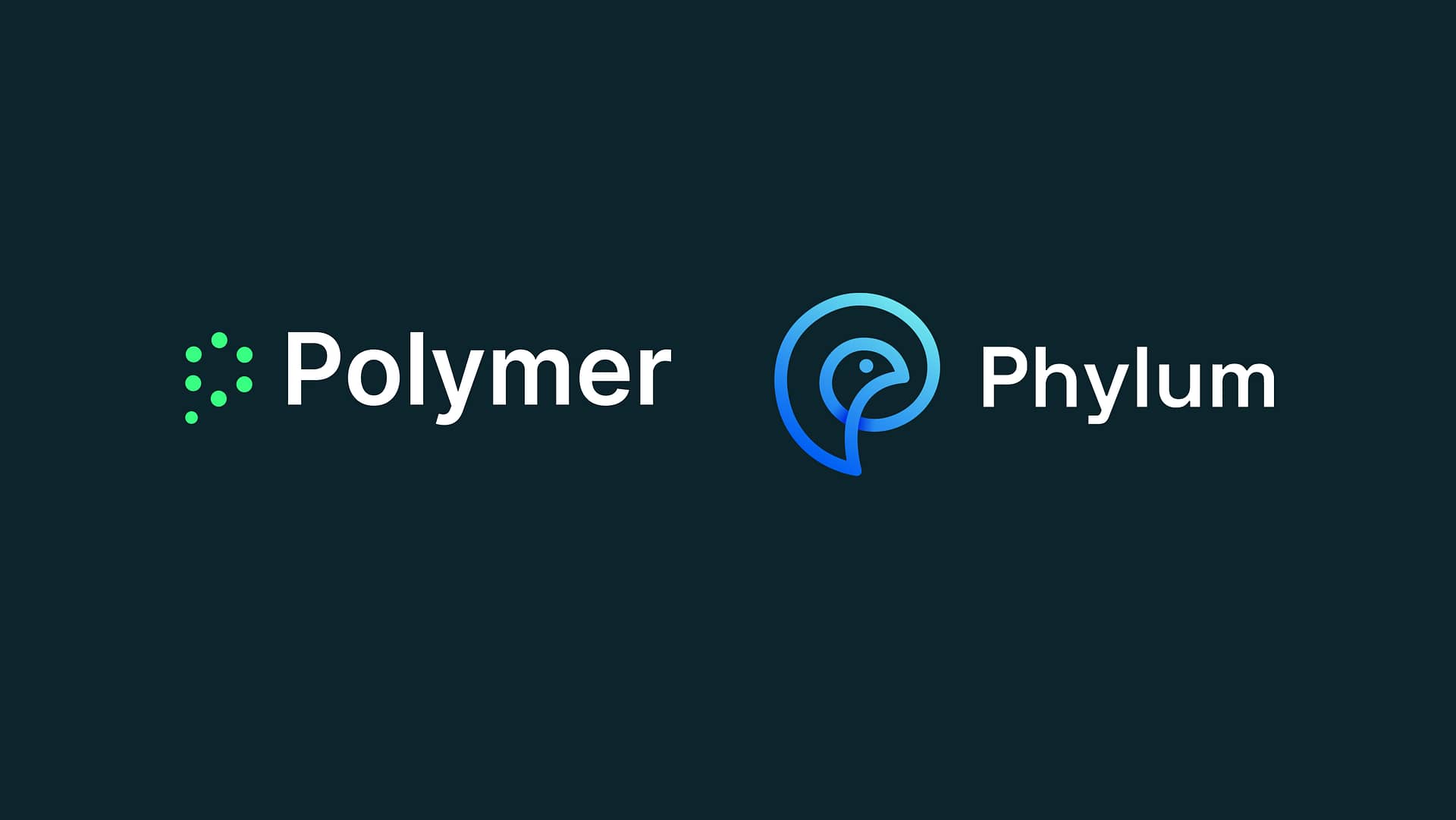It seems that new AI tools are popping up by the day, promising to revolutionize productivity, efficiency and accuracy in the workplace. With so much to gain from AI platforms like ChatGPT, it’s no wonder that adoption has skyrocketed. But, in the rush to unleash the benefits of these novel tools, it’s vital not to overlook the data security risks.
After all, generative AI is built on data. It uses machine learning models like Generative Adversarial Networks (GANs) and Variational Autoencoders (VAE), to collate vast amounts of data and turn it into valuable content.
Every time your employees share information with these systems, it is analyzed, logged and stored within the platform’s vast neural networks.
Now, you might think that because you’ve got a data loss prevention (DLP) solution in place, you don’t need to worry about generative AI data leakage. But not so fast. Not all DLP tools are created equal and only a minority can help you protect sensitive data from generative AI.
Here’s what you need to know.
What is generative AI?
Generative AI is an advanced branch of AI that enables computers to produce original and valuable content, spanning images, text, music, and more. Operating on neural networks akin to the intricate workings of the human brain, itI mimics the human learning process but with unparalleled speed and efficiency.
Thanks to the amalgamation of crowd-sourced data, generative AI can process complex problems at super speed, reducing what would take hours for an individual to a mere blink of an eye.
Here are the main applications of generative AI:
- Image synthesis: Generative models create lifelike images, revolutionizing artistic endeavors, design realms, and advertising landscapes.
- Text generation: Generative AI transforms content creation with use cases across customer support, marketing and the like.
- Music composition: Musicians and composers venture into uncharted melodies and harmonies, with generative models as their creative collaborators, composing fantastic musical pieces in no time at all.
- Data augmentation: Generative AI facilitates the generation of synthetic data, acting as a powerful tool for training robust machine learning models, boosting performance and generalization.
Generative AI and unstructured data
Generative AI heavily relies on unstructured and semi-structured data sources, which present unique challenges in terms of data management and security due to three key factors: complexity, consistency, and access controls.
Let’s begin by discussing complexity. Structured data, typically stored in databases, maintains a consistent and easily comprehensible format. Although it can be complex, the significance and sensitivity of structured data is typically readily apparent.
In contrast, unstructured data is characterized by its unruliness. User-generated content encompasses a wide range of information, including intellectual property, contracts, and sensitive HR data, among others.
Consistency plays a crucial role in accessing and managing data. Databases reside in well-defined locations with established access methods, such as APIs. This consistency facilitates the implementation and resolution of database security tasks.
Unstructured data, however, lacks this uniformity. It can be found in various locations, including on-premises systems, cloud applications, and, of course, generative AI platforms. The multitude of access methods and the absence of standardized management tools make securing unstructured data a more complex endeavor.
Lastly, structured data benefits from established options to control access. Databases offer fine-grained access privileges that can be centrally managed by security professionals. In contrast, users primarily hold the responsibility of controlling access to unstructured data.
The challenges of traditional DLP for generative AI
Legacy DLP solutions were built to secure–you guessed it—structured data. Originally designed for perimeter-based security, these solutions no longer align with the cloud and collaboration era, where data is stored, shared, and accessed from various cloud-based locations—Slack, ChatGPT and the like.
While many vendors have attempted to bolt-on technologies to outdated DLP approaches, this only adds complexity and strains IT departments because these solutions often generate numerous false positives, triggering alerts for perfectly normal and safe activities. This flood of notifications can overwhelm the security team, resulting in wasted time and reduced productivity.
Furthermore, legacy DLP systems don’t effectively support modern data sharing practices, stricter privacy requirements, or address newer risks. They often lack the ability to understand the contextual nuances of data risks, making it challenging to distinguish between legitimate collaboration and risky activities or adapt security responses accordingly.
All of this means that legacy DLP is cumbersome, ineffective and dangerous in the world of generative AI. Not only do these tools add stress and complexity for the security team, they overlook potential instances of data leakage–which is a data breach and compliance fine waiting to happen. After all, a seemingly innocuous action like sharing customer information in ChatGPT is a compliance violation under acts like the GDPR and CCPA.
Why generative AI needs AI-based DLP
As generative AI cements itself in the world of work, security teams need a specialist data security solution that is easy to deploy, minimizes user friction and enhances data protection. And that’s where AI-based solutions like Polymer data loss prevention (DLP) for AI come in.
Polymer DLP for AI gives organizations the opportunity to leverage the benefits of generative AI toolsI like ChatGPT while maintaining privacy, security, and compliance and fostering responsible and ethical AI usage within the organization.
Instead of relying on regular expressions that struggle to identify unstructured data, we have infused our tool with natural language processing (NLP) to seamlessly and intelligently redact unstructured, in-motion PII with contextual awareness across generative AI platforms and cloud apps like Slack, Teams and Dropbox.
Our tool protects data autonomously on your behalf, automatically reducing the risks of generative AI data exposure without you having to lift a finger. Rather than rely on agents or coding, our solution integrates effortlessly with the APIs used by ChatGPT and other platforms.
Next steps
Ready to use a DLP solution specifically built for AI and the cloud? We’re on hand to help. The Polymer team is working with CISOs, general counsels, and compliance professionals to build the best DLP for AI solution, available to our customers now.
To delve deeper into the intersection of DLP and AI, read our recent whitepaper. And if you’re ready to experience the power of Polymer DLP for AI firsthand, request a demo.










